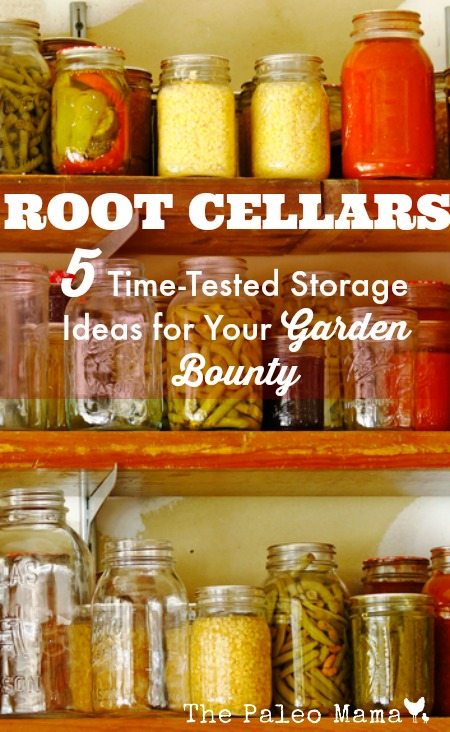Bergamot essential oil is made from the Bergamot Orange tree—the most fragile citrus tree with pear-shaped fruit that resembles a cross between an orange and a grapefruit. Bergamot oil is one of the most widely used oils in the potpourri and perfumery industry. As far back as Napoleonic times, people were using it as a cologne and perfume. It is one of the distinct flavors in Earl Grey and Lady Grey teas. But this oil is more than just a sweet scent of flavor—it is bursting with a powerhouse of benefits that can work wonders for your health.
Bergamot essential oil is made from the hand- or cold-pressed rind of the nearly ripe fruit of the bergamot tree. It takes 100 bergamot oranges to produce just 3 ounces of bergamot oil. The limonene and linalyl acetate chemicals in the oil gives it the ability to be uplifting and calming, and ideal to help with anxious and sad feelings.
What are the benefits of Bergamot Essential Oil?
- It promotes healthy, clear skin by purifying and cleansing the skin, reducing overactive oil conditions.
- It reduces anxious feelings and stress.
- Reduces stress and tension.
What are Bergamot’s cautions?
As with other oils, some people may experience skin sensitivities from using Bergamot oil. Because it is a product made from citrus, you should avoid sunlight or UV rays for up to 12 hours after applying the oil topically.
Click here to see my essential oil safety guide
Top Ten Uses for Bergamot Essential Oil
- Because of its unique fruity and subtly spicy aroma, it is frequently added to different perfume and cologne products.
- Italians make bergamot marmalade, and it can be found in many delicious desserts such as the Turkish Delight.
- The Bergamot plant, with roots that have a potent odor, can be grown as a companion crop in vegetable gardens.
- It can be used as a refreshing bathroom spray that can be used before you “take care of business.” You can find a recipe for making your own spray here.
- Bergamot oil is a fantastic oil to diffuse in a classroom, at work, or at home to lower stress and relieve tension.
- It will provide you with purifying skin benefits if you apply it to your skin while showering, inhaling the calming aroma deeply as you shower.
- You can apply it to your feet before bedtime, or add it to fractionated coconut oil to create a great massage lotion.
- If you are struggling with occasional stomach upset, massage 1-2 drops of Bergamot oil into the stomach as needed or before each meal.
- Bergamot helps with occasional sleeplessness. Try diffusing Bergamot one hour before bedtime, or make a “Sleepytime lotion” by adding several drops to fractionated coconut oil, which you can apply topically.
- Bergamot oil contains large amounts of polyphenols, which can produce relaxed, calm feelings, and combat emotional overeating or “comfort eating.” Try adding several drops of Bergamot oil to your regular tea for a homemade Earl Gray tea that can help you in your weight loss efforts.
Where to purchase Bergamot Essential Oil
Home-made Bergamot Essential Oil Recipe
Bergamot has wonderful skin-cleansing and refreshing qualities. You can make a homemade Bergamot Face Mask to be used a couple times a week to help with oily and acne-infected facial skin. You can find the recipe here. *Do not use this during the summer months*
Bergamot and Emotions
Bergamot relieves feelings of despair, self-judgment and low self-esteem. It invites individuals to see life with more optimism. Bergamot teaches individuals to let go of self-judgment by learning to love themselves unconditionally (source).
Companion Oils: Cassia and Melissa
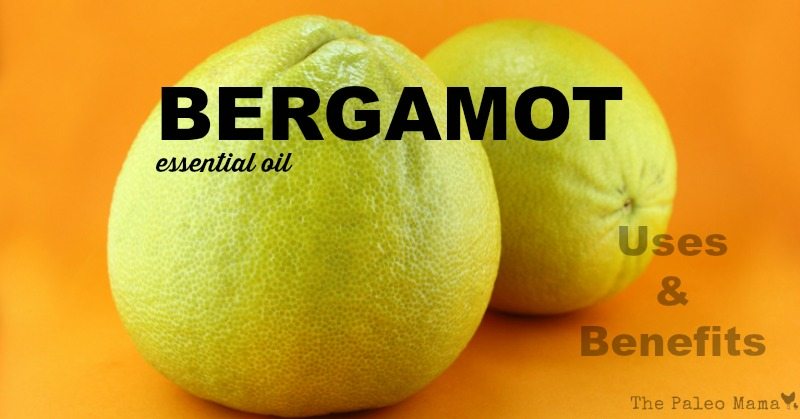
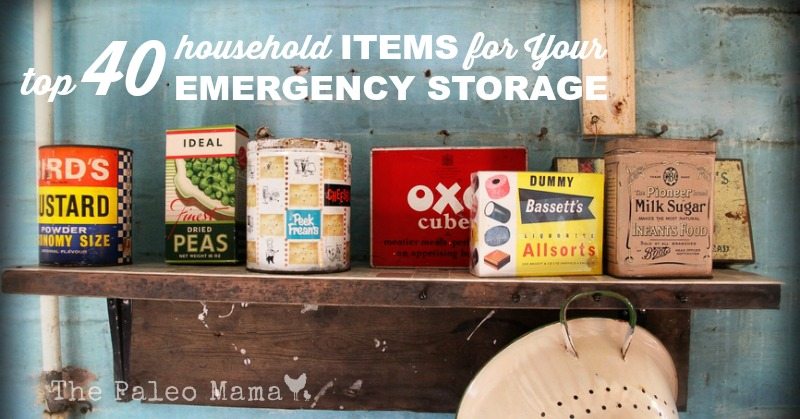
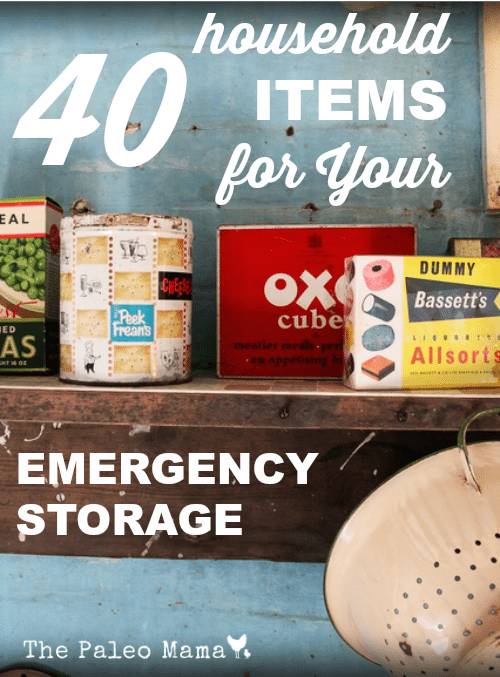

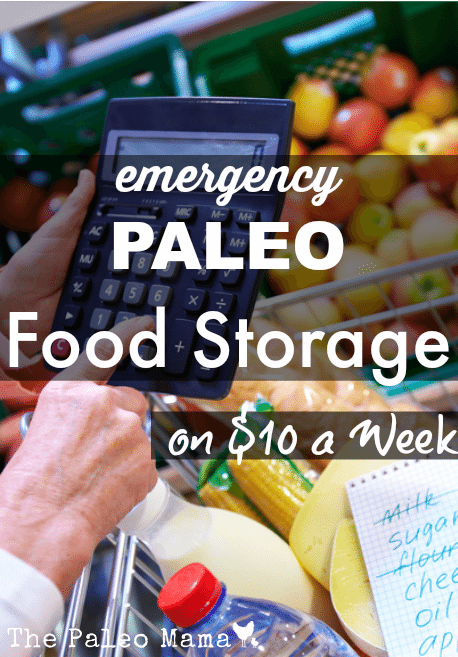
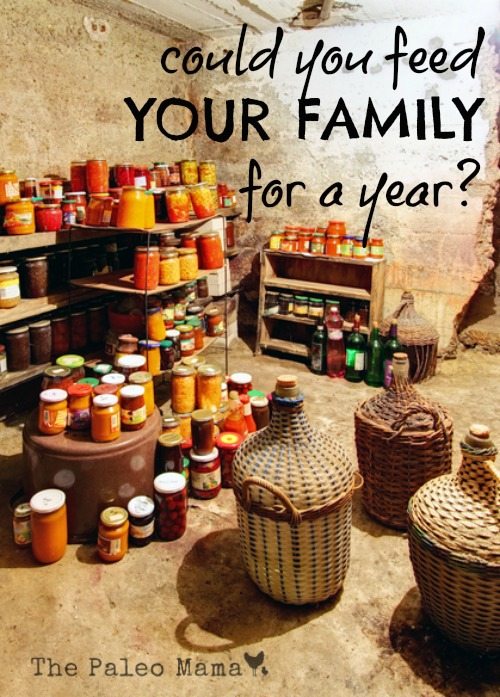
 There are many other beneficial uses that I and others have found for essential oils with children. Essential oils have been in use for thousands of years, and I want to share with you some ways you can use the natural power of plants and essential oils to assure that you are helping your children to reach optimal health and well-being.
There are many other beneficial uses that I and others have found for essential oils with children. Essential oils have been in use for thousands of years, and I want to share with you some ways you can use the natural power of plants and essential oils to assure that you are helping your children to reach optimal health and well-being. 
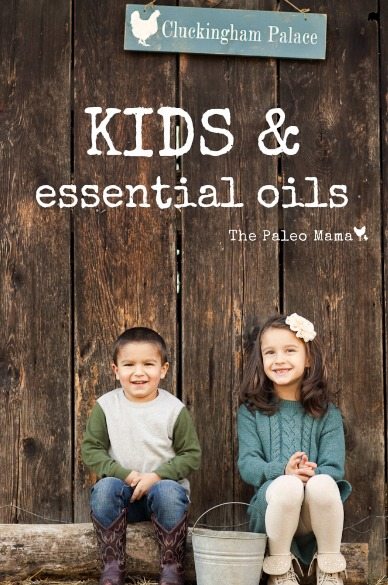
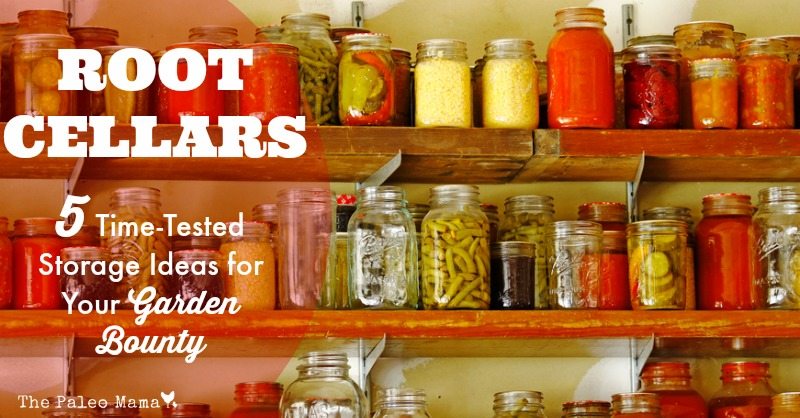
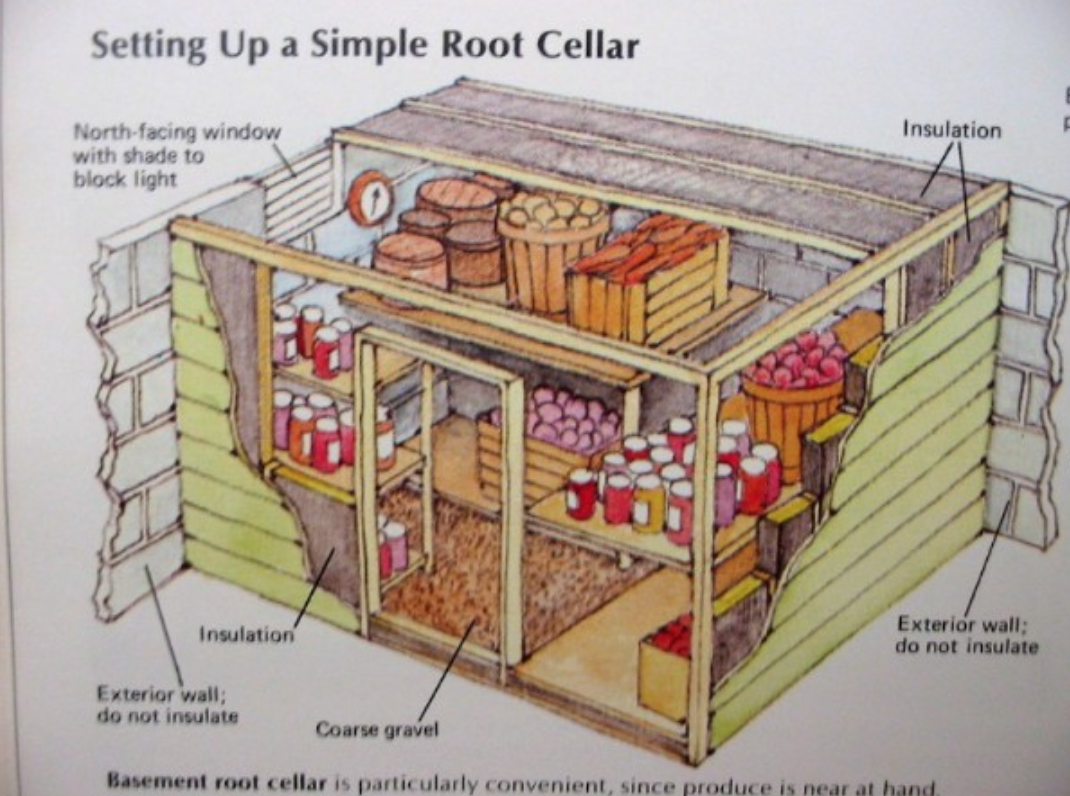 Root cellar designs run the gamut from rough and rugged to designer worthy. Some ideas that are inexpensive but useful include:
Root cellar designs run the gamut from rough and rugged to designer worthy. Some ideas that are inexpensive but useful include: